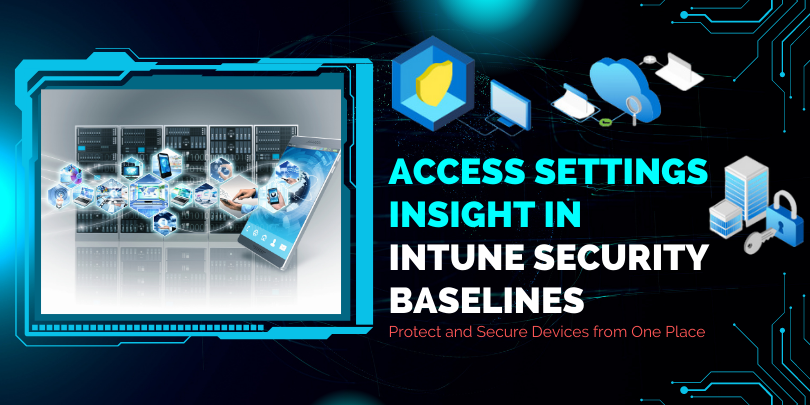In the digital age, digital transformation drives the reimagining of business. Shifting from paper and spreadsheets to smart applications presents an opportunity to revolutionize our operations through the aid of digital technology.
A comprehensive grasp of the technology and a well-defined strategy are imperative for a successful digital transformation journey.
Digital Transformation?
Digital transformation entails utilizing digital technologies to establish novel business processes, culture, and customer experiences. It fundamentally alters the way a company operates and delivers value to its customers.
Digging deeper, digital transformation entails a cultural shift, demanding businesses to challenge conventions, experiment, and embrace the idea of failure with greater comfort.
The Essence of Digital Transformation
Workflow transformation is crucial for all businesses, regardless of their size. In today’s digital world, it has become more important than ever to remain competitive and relevant to meet customers’ evolving needs and stay ahead of the competition.
While the importance of digital transformation is acknowledged, its true meaning is not always apparent. It goes beyond merely shifting to the cloud; it involves reevaluating traditional operating models and experimentation to achieve agility in responding to competitors and customers. Given technology’s integral role in this evolution, the chief information officer (CIO) becomes a pivotal factor in driving successful digital transformation.
Modern businesses find themselves at various stages of digital transformation, with many striving to overcome initial hurdles and achieve a complete evolution. Even organizations that have made significant progress encounter obstacles, including challenges related to talent acquisition, budgeting, and fostering a cultural shift in the workplace.
True digital transformation requires leaders to grasp its practical implications. While the meaning of “digital” may differ among businesses, the core idea revolves around customer centricity—leveraging data analytics, software, and technologies to automate operations and enhance business models to serve the customer better. However, for this transformation to succeed, both leadership and employees must be fully committed and aligned with the digital vision.
Why Digital Transformation matters
Indeed, digital transformation is driven by many factors, but at its core, it is often a matter of survival for businesses. While it can entail risks and significant expenses, it becomes necessary for companies that aim to endure and outlast their counterparts that failed to adapt and evolve in the digital landscape.
Technology plays a pivotal role in shaping business dynamics, and successful companies must effectively integrate technology with strategy to maintain a competitive edge. Among the top priorities, data analytics takes the lead, especially in terms of data visualization and machine learning applications. Embracing these advancements empowers businesses to make informed decisions and drive innovation to stay ahead in the fast-paced digital landscape.
Speed is a vital factor to consider. Digital initiatives that promote improved speed and agility are at the forefront of digital leadership.
The ultimate goal of digital transformation lies in a positive customer experience, which serves as a significant driving force. Customer experience has the potential to either make or break a business, and digital technologies play a vital role in cultivating a favourable relationship between businesses and their customers.
The Structure of a Digital Transformation Framework
Digital transformation is shaped by the unique demands and challenges of each business, yet several consistencies apply universally:
- Workforce empowerment.
- Culture and leadership.
- Digital technology.
- Operational agility.
- Customer experience.
The Significance of Culture in Digital Transformation
The adoption of new technologies has led to a fundamental shift in the role of IT teams. Stakeholders now expect IT teams to contribute to revenue generation by enhancing business processes and creating innovative products. Embracing this change necessitates a holistic reassessment of the impact and role of IT throughout the entire business, prompting a reevaluation of how IT supports and influences daily operations.
IT takes the lead in digital transformation strategy, but adapting to the resulting changes is a company-wide endeavor. Digital transformation fosters fluidity in departments, processes, and roles, elevating the demand for soft skills like empathy. Collaboration across the organization is essential to navigate this evolving digital landscape successfully.
For employee motivation and success, a business must be supportive and prepared for transformation efforts. Your team needs to understand the purpose, its role in future success, and the personal benefits of the transition. This fosters engagement, driving transformation toward positive outcomes.
Key Drivers of Digital Transformation
The primary benefits of digital transformation undoubtedly stem from the enabling technology. Nevertheless, it also involves shedding obsolete ideas and processes in favour of new, innovative technology tailored to specific business needs. For instance, some healthcare institutions still rely on outdated tools like pagers instead of embracing smartphones and mobile devices.
Such issues are not limited to particular industries or organization sizes, resulting in significant costs to maintain legacy systems, amounting to thousands or even millions lost.
When legacy technology is replaced, IT teams can redirect their focus towards new technology and innovation instead of dealing with existing IT concerns. To keep pace with the rapid digital changes, businesses must prioritize increasing efficiency and implementing new technologies to the fullest extent possible.
Every digital transformation is set to commence and conclude with the customer, and I can observe this understanding in the minds of every CEO we engage with.
Customer-Centric Digital Transformation
To gain valuable insights into digital transformation’s customer perspective, we talked to Rock, the Business Development Manager for one of Australia’s top flooring distributors.
Getting started with Digital Transformation
While it may feel overwhelming, it’s essential to remember that most businesses are at different stages of the process, and digital transformation doesn’t have to occur all at once. Fast transitions don’t always indicate a strategic, effective, or sustainable approach. Tailoring the transformation to your business’s needs and capabilities is key to achieving success in the long run.
The keys to successful Digital Transformation are:
- Digital-savvy leaders.
- Building future workforce capabilities.
- Empowering employees with innovation.
- Upgrading administrative tools digitally.
- Maintaining open team communication.
For successful Digital Transformation, focus on these key areas. Develop clear strategies for digital skills and capabilities to meet future needs. Upgrade the organizational culture to adapt to changes, fostering openness and honesty in communication to keep everyone on the same page and supportive of the transformations.
TECHOM Systems is the leading partner for digital transformation solutions for your business





